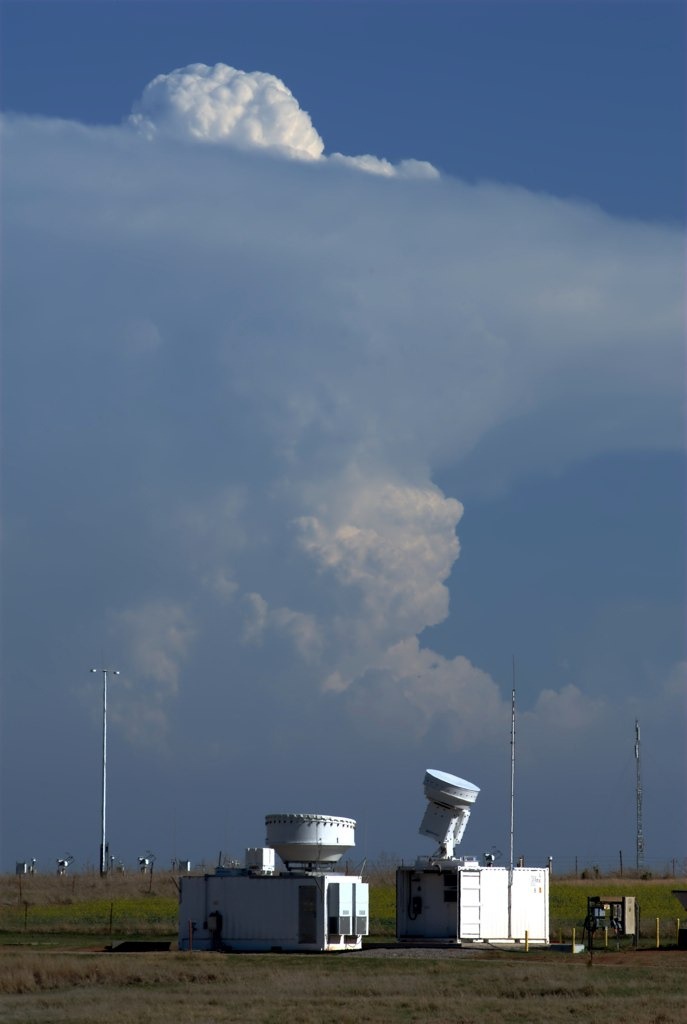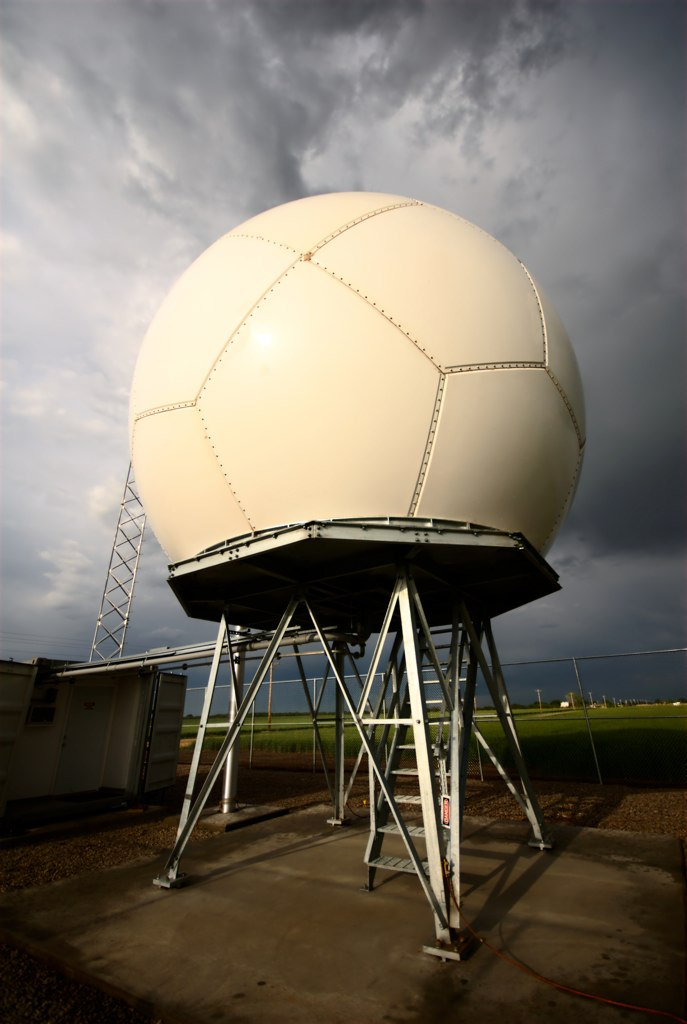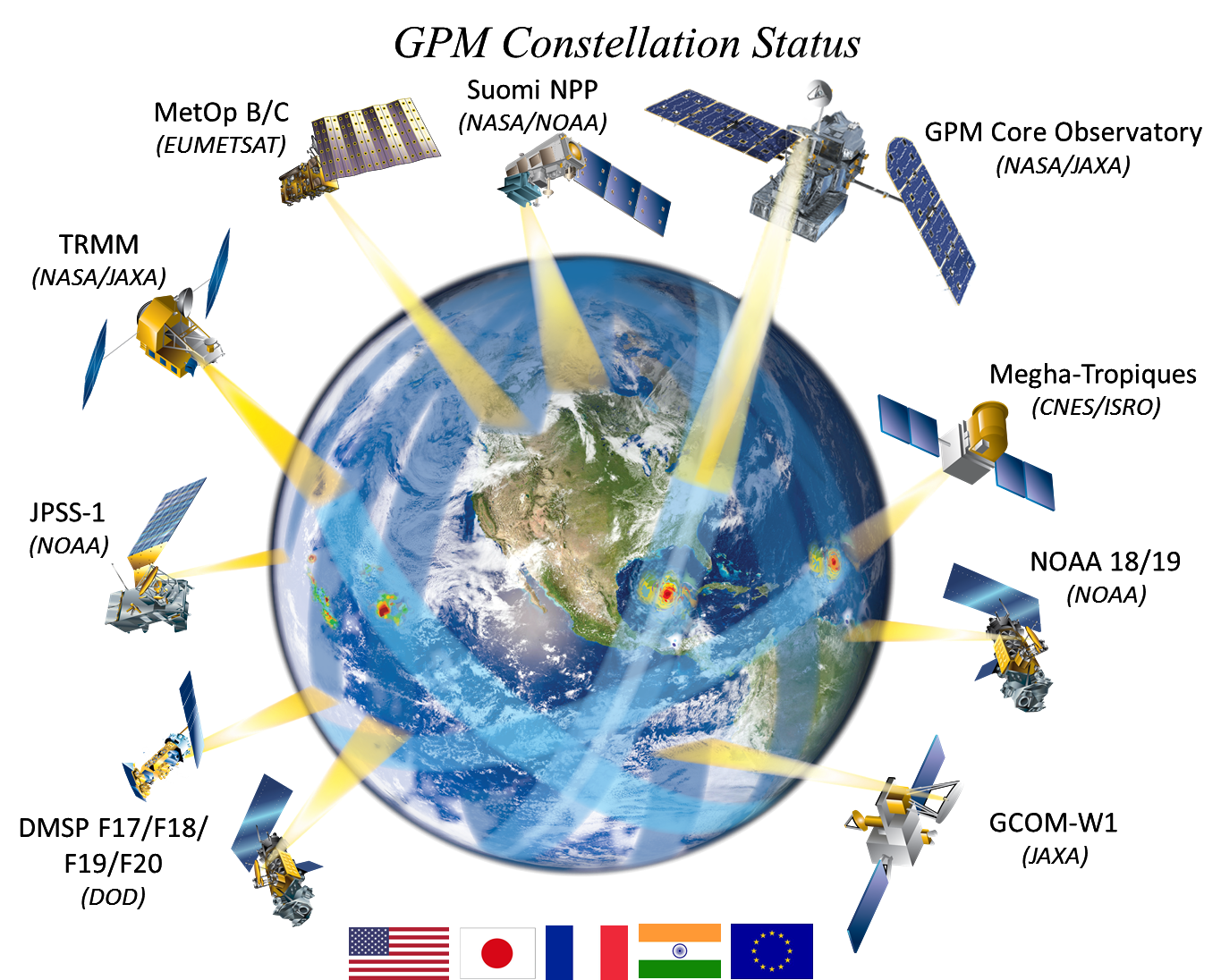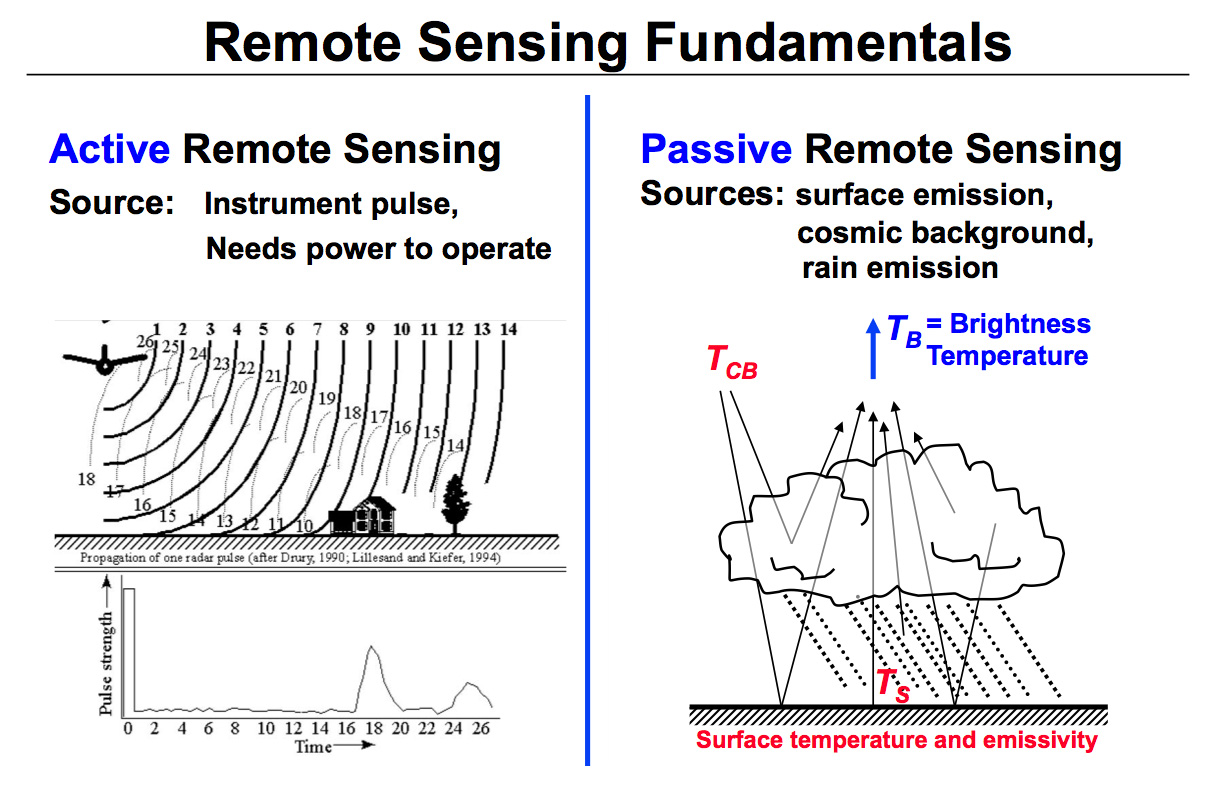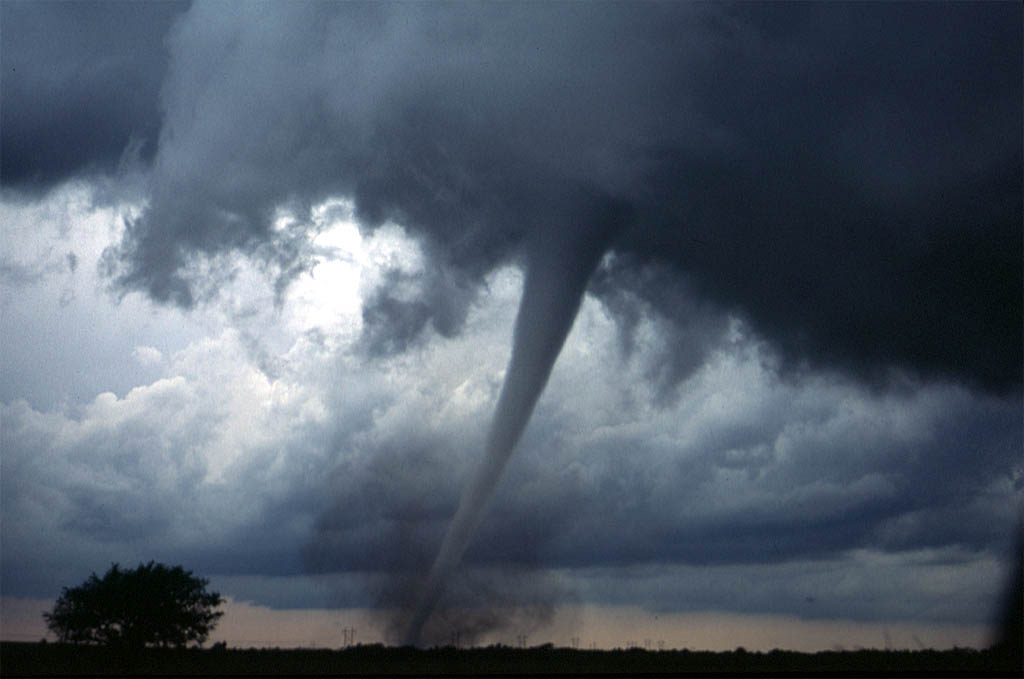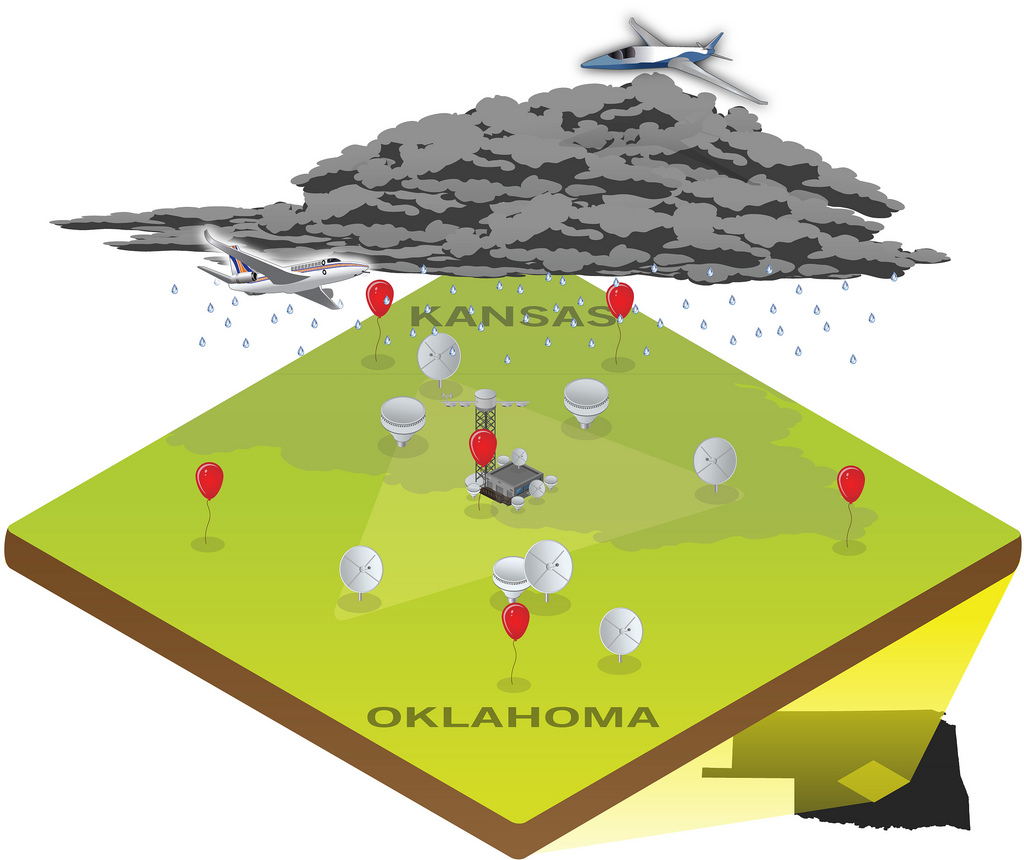3D Simulated Flyby around Typhoon MA-ON, July 14th 2011
The TRMM satellite passed almost directly above powerful typhoon MA-ON on 14 July 2011 at 0525 UTC. This TRMM orbit revealed that MA-ON was extremely well organized with several bands of intense thunderstorms around a well defined eye.


